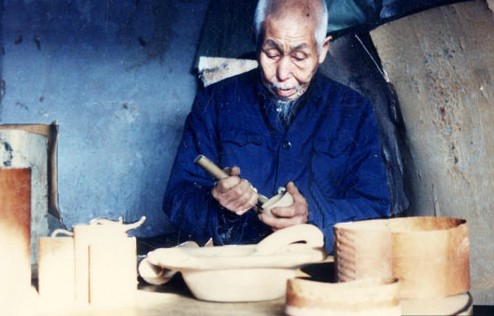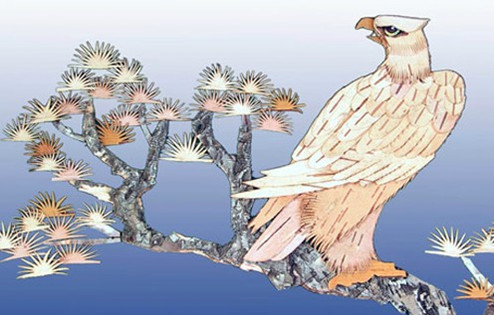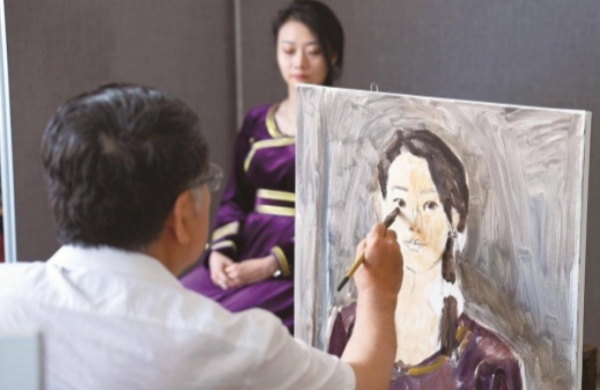Birch bark utensil
 |
|
The tradition of making utensils out of birch barks still exists in North China's Inner Mongolian Autonomous Region and some parts of neighboring Heilongjiang Province. |
Year: 2006
Sort: Traditional Handicraft
Area: Inner Mongolian and Heilongjiang Serial
No.: Ⅷ-83
Declarer: Oroqen Autonomous Banner, Inner Mongolian Autonomous Region
The tradition of making utensils out of birch barks still exists in North China's Inner Mongolian Autonomous Region and some parts of neighboring Heilongjiang Province. Historically lacking pottery or ceramics in their history, some nomadic ethnic groups living in north China, such as Mengol, Oroqen, Daur, and Ewenki, used birch bark to make daily utensils.
Nomadic ethnic groups liked to use birch bark utensils largely because they are portable, durable, water proof, and resistant to corrosion. Birch bark can be made into boats, boxes, bowls, suitcases and baskets. They are sewn with strings made from animal tendons or horsehairs, and carved with a variety of patterns. More than important utensils, birch bark utensils are also exquisite artworks.
Four processes are usually needed to make birch bark utensils. First, peeling the birch bark; second, soaking or boiling it in water until it softens; third, cutting and sewing; fourth, decorating it with beautiful patterns. People carve or paste decorative patterns signifying peace and happiness on birch bark utensils.
As the living style of nomadic groups changed, birch bark utensils have became less used. As an art form, it's on the brink of extinction. Therefore, more effort is needed for its protection.
 |
|
As the living style of nomadic groups changed, birch bark utensils have became less used. As an art form, it's on the brink of extinction. |





 Sketching and creation tour in Baotou
Sketching and creation tour in Baotou